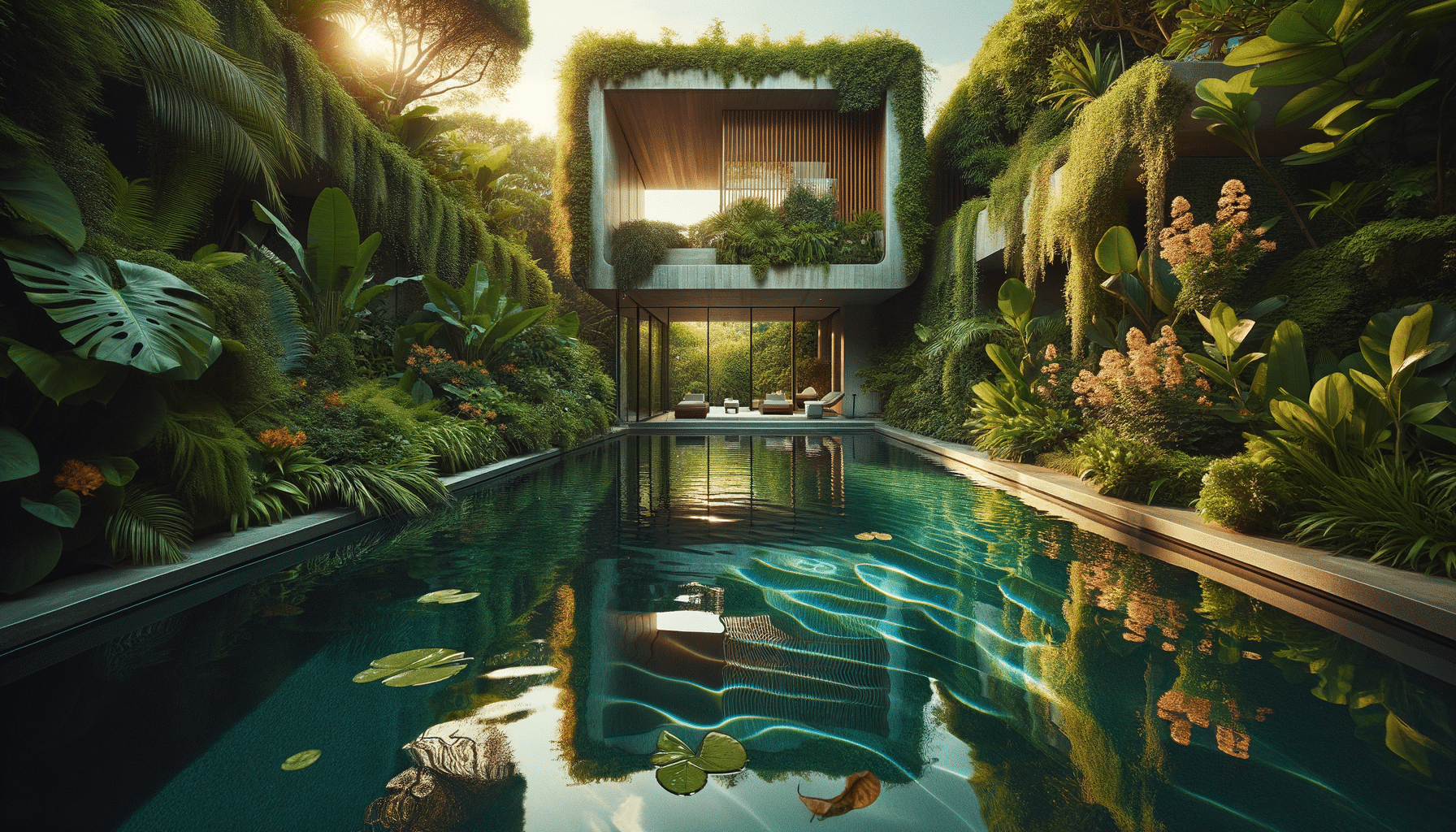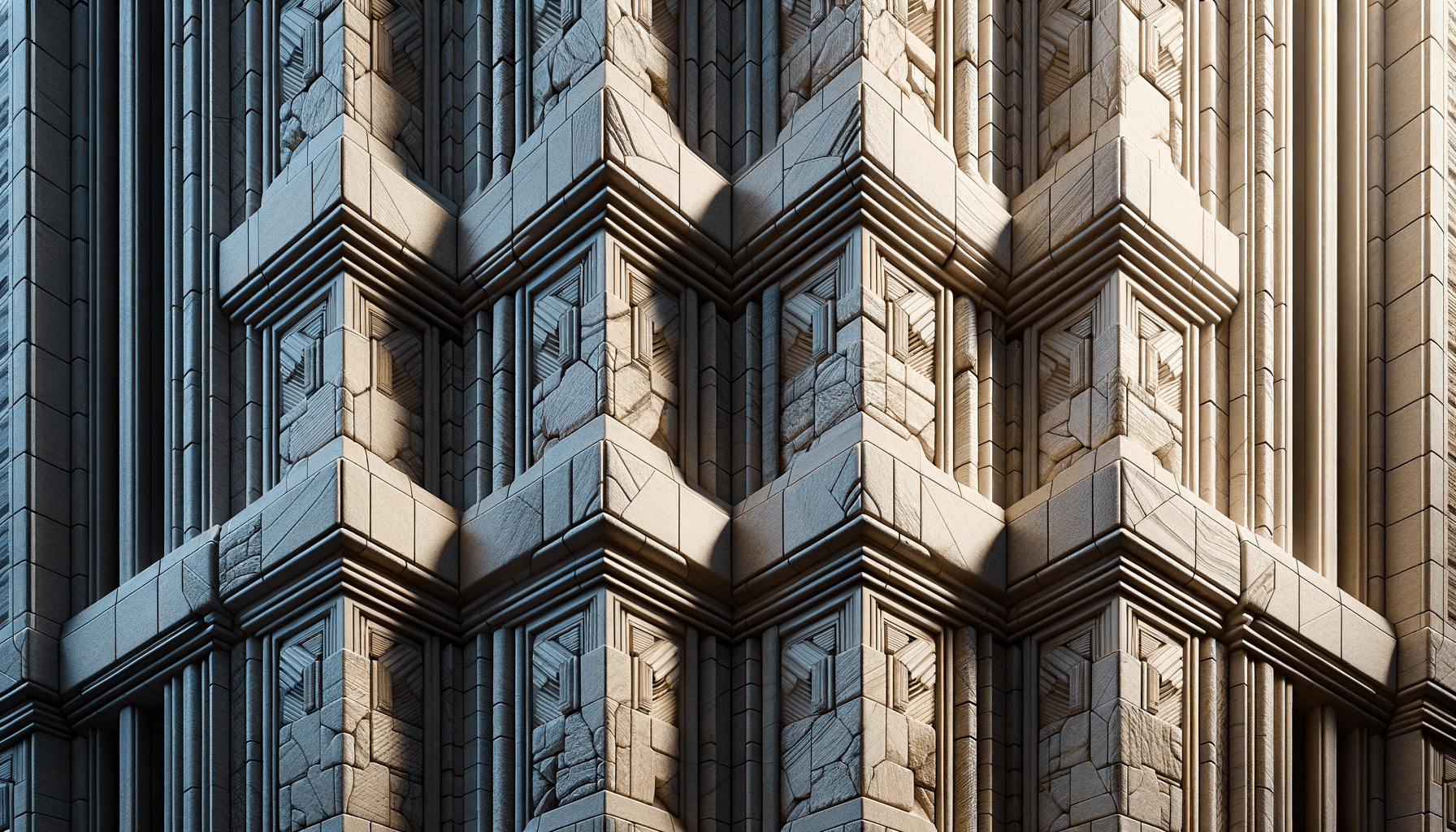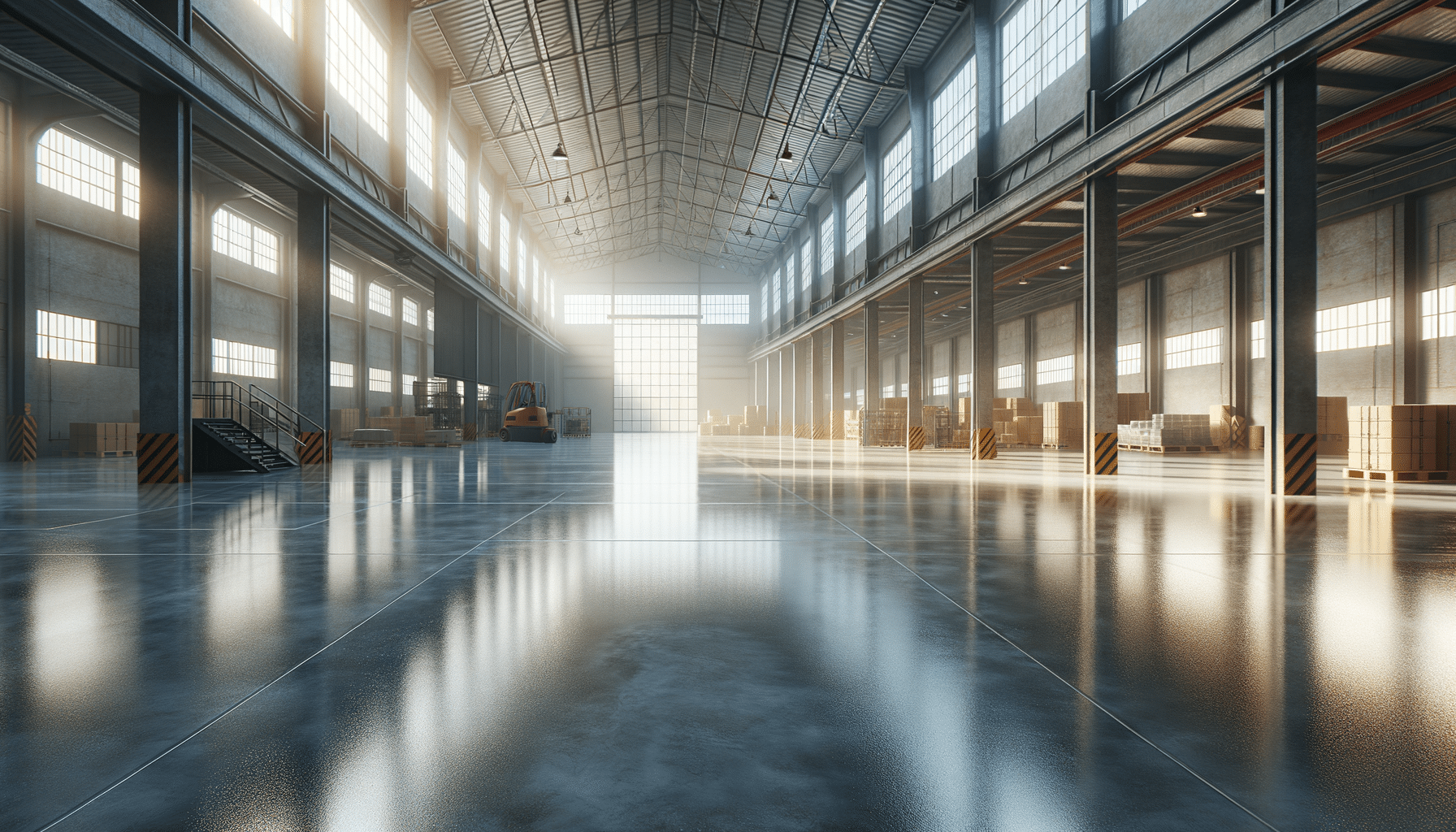
A Simple Guide To Prefabricated Homes And How They Work
Introduction to Prefabricated Homes
Prefabricated homes, often referred to as prefab homes, are a modern solution to the traditional housing market. They are built off-site in a controlled factory environment and then transported to the final location for assembly. This method of construction offers numerous advantages, including efficiency, sustainability, and affordability.
The relevance of prefabricated homes has increased as more people seek cost-effective and eco-friendly housing options. With the growing focus on reducing carbon footprints and the need for rapid urbanization, prefab homes are becoming a popular choice for many. They not only provide a quicker construction timeline but also offer flexibility in design and style, catering to diverse preferences and needs.
Types of Prefabricated Homes
There are several types of prefabricated homes, each with its unique characteristics and advantages. Understanding these types can help potential homeowners make informed decisions based on their specific needs and preferences.
- Modular Homes: These are built in sections, or modules, in a factory setting. Each module is constructed to exact specifications and then transported to the building site, where they are assembled into a complete home. Modular homes are known for their durability and can be customized extensively.
- Panelized Homes: In this type of prefab home, the walls are constructed in a factory and then shipped to the site for assembly. Panelized homes offer flexibility in design and can be tailored to fit various architectural styles.
- Pre-Cut Homes: Also known as kit homes, these come with all the parts pre-cut to size, ready to be assembled on-site. This type is ideal for those who prefer a DIY approach to building their homes.
- Manufactured Homes: These are built entirely in a factory and transported to the site as a complete unit. Manufactured homes are typically more affordable and are built to comply with specific federal building codes.
Each type of prefabricated home offers unique benefits, making it essential for buyers to consider factors such as cost, design flexibility, and construction speed when choosing the right option.
Benefits of Prefabricated Homes
The advantages of prefabricated homes are numerous, making them an attractive option for many potential homeowners. Here are some key benefits:
- Cost-Effective: Prefabricated homes can be more affordable than traditional homes due to the efficient use of materials and reduced labor costs. The controlled factory environment minimizes waste, further contributing to cost savings.
- Speed of Construction: Building a prefab home typically takes less time than constructing a traditional home. The factory setting allows for simultaneous construction of different modules, speeding up the overall process.
- Quality Control: The controlled environment of a factory ensures that each component of the home is built to high standards. This results in a consistent level of quality across all parts of the home.
- Sustainability: Prefabricated homes are often more environmentally friendly, as they use fewer resources and generate less waste. Many prefab homes also incorporate energy-efficient designs and materials, contributing to a smaller carbon footprint.
These benefits make prefabricated homes a compelling choice for those looking to build a new home, particularly in areas with high housing demand and limited construction resources.
Challenges and Considerations
While prefabricated homes offer many advantages, there are also challenges and considerations that potential homeowners should be aware of. Here are some key points to consider:
- Financing and Insurance: Obtaining financing for a prefab home can sometimes be challenging, as lenders may have specific requirements for non-traditional homes. Additionally, insuring a prefab home may involve different considerations compared to a traditional home.
- Land and Zoning Regulations: It’s crucial to ensure that the chosen land is suitable for a prefabricated home and that it complies with local zoning regulations. Some areas may have restrictions on the types of homes that can be built.
- Transportation and Installation: Transporting the prefabricated sections to the site and assembling them can present logistical challenges. It’s essential to work with experienced professionals to ensure a smooth installation process.
- Customization Limitations: While prefab homes offer some level of customization, there may be limitations compared to traditional homes. Buyers should carefully consider their design preferences and ensure they align with the options available.
By understanding these challenges and planning accordingly, potential homeowners can successfully navigate the process of purchasing and building a prefabricated home.
Future of Prefabricated Homes
The future of prefabricated homes looks promising, with advancements in technology and design continuing to drive innovation in the industry. Here are some trends and developments to watch:
- Smart Home Integration: As technology advances, more prefab homes are incorporating smart home features, allowing homeowners to control lighting, temperature, security, and more with ease.
- Eco-Friendly Designs: With a growing focus on sustainability, prefab homes are increasingly being designed with eco-friendly materials and energy-efficient systems. This trend is likely to continue as environmental concerns become more pressing.
- Urbanization and Housing Demand: As urban areas continue to grow, the demand for quick and affordable housing solutions will drive the popularity of prefabricated homes. Their ability to be constructed rapidly makes them ideal for addressing housing shortages.
- Customization and Personalization: Advances in manufacturing techniques are allowing for greater customization of prefab homes, enabling buyers to create spaces that reflect their personal style and needs.
The ongoing evolution of prefabricated homes suggests a bright future, with the potential to transform the housing market and provide innovative solutions to meet the needs of modern living.


